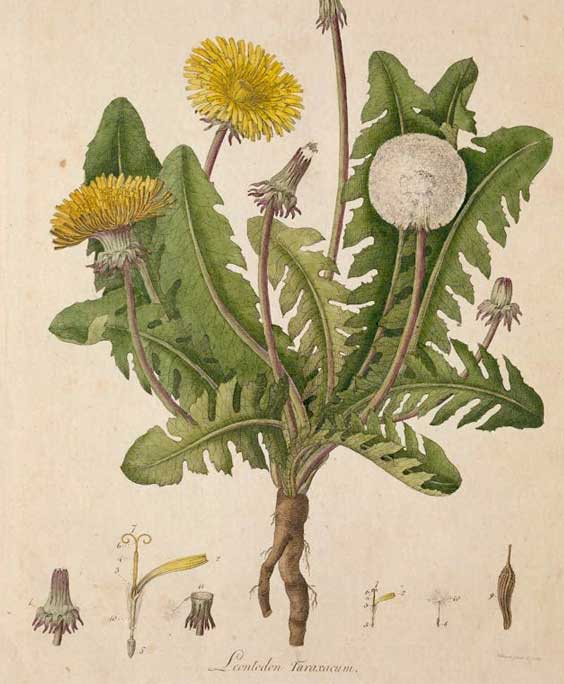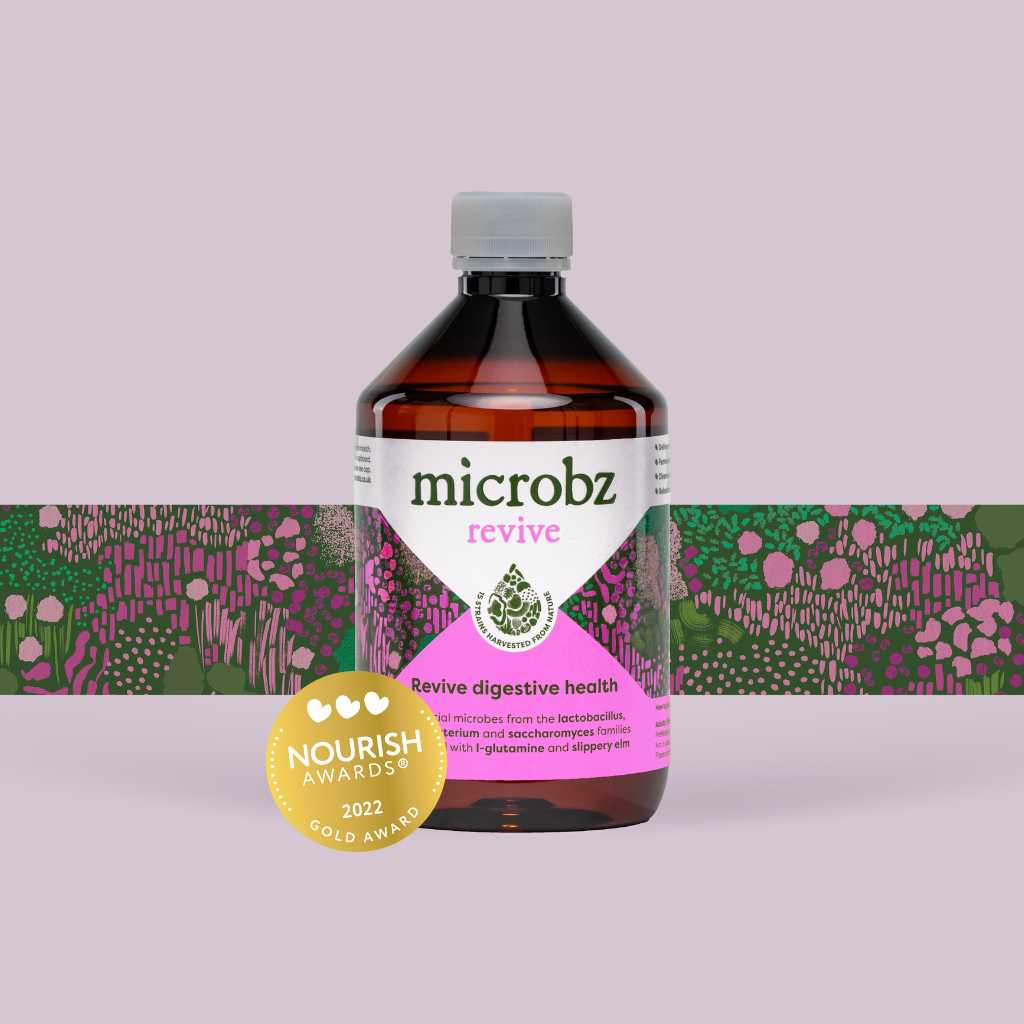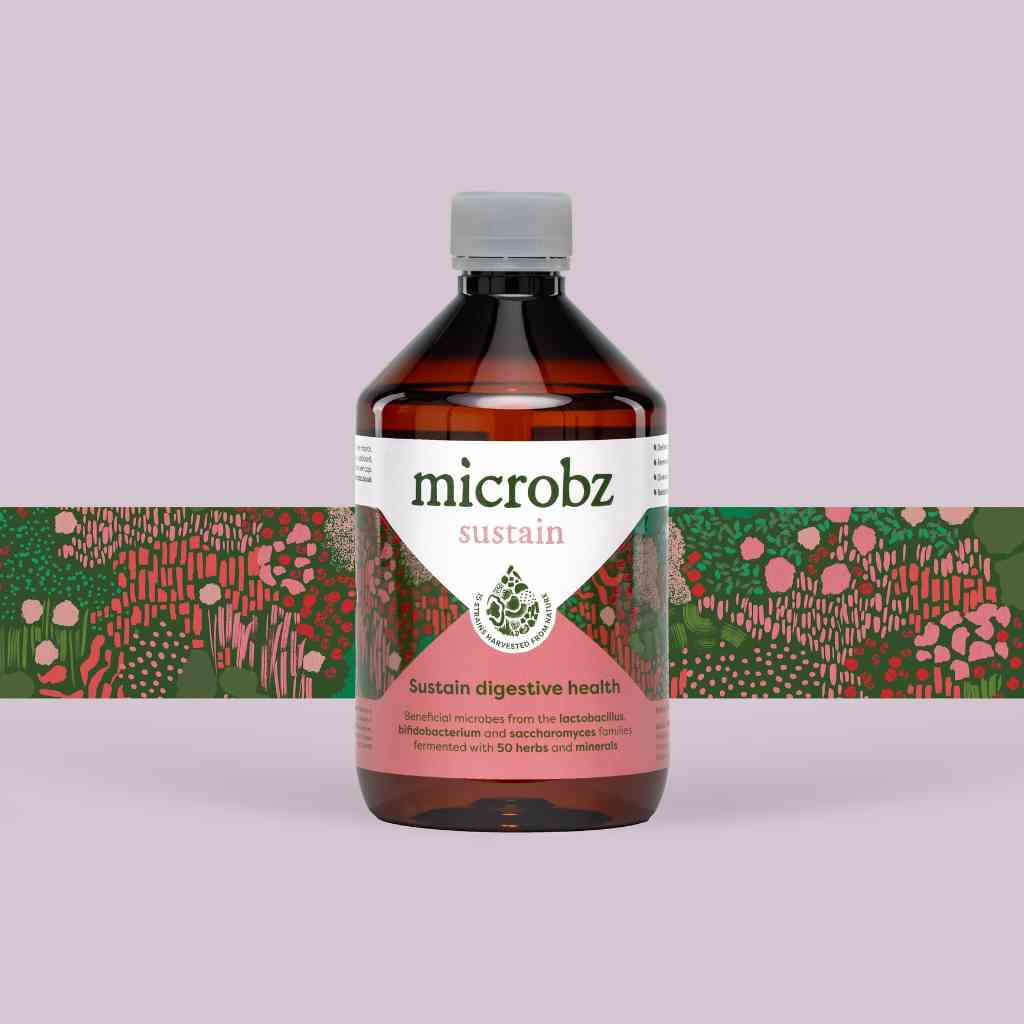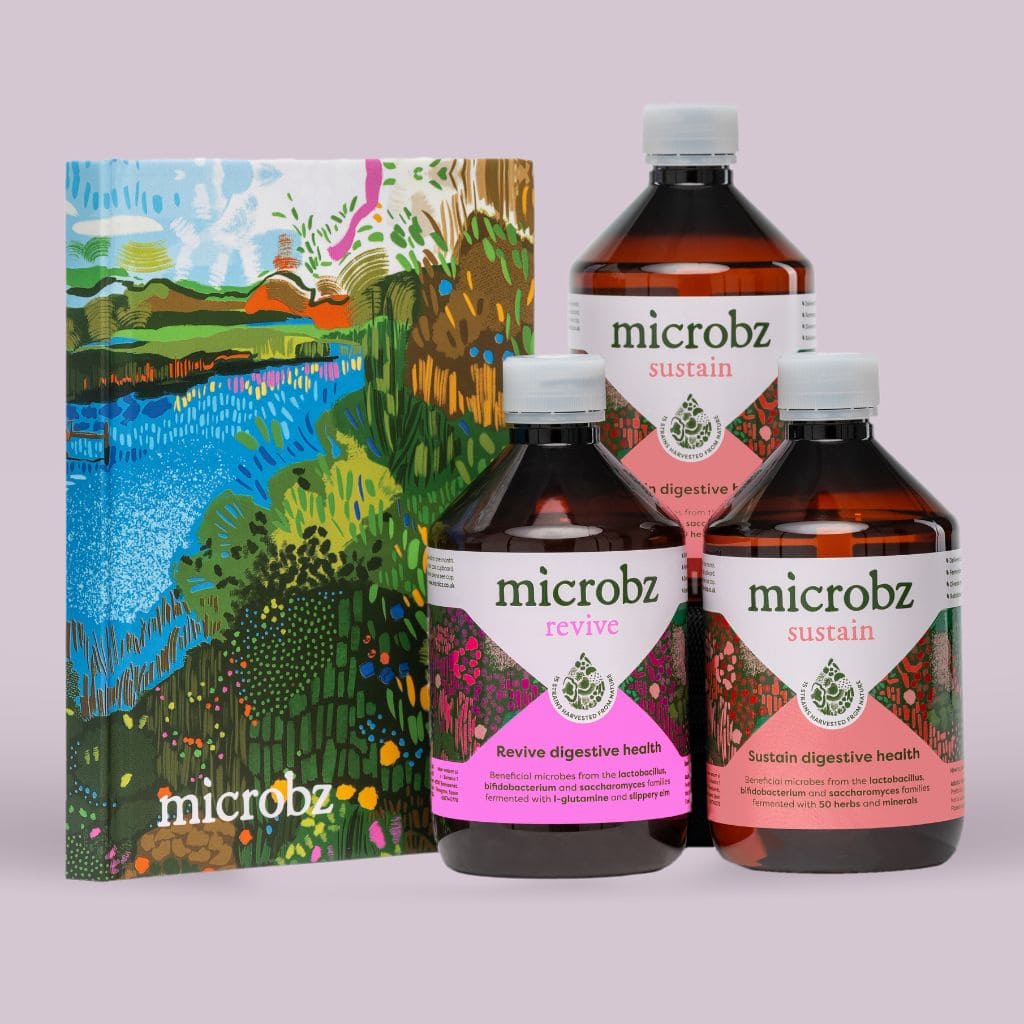History
Parts used:
Root
Constituents (bio available chemicals):
Sesquiterpene lactones (eudesmanolide and germacranolide types). Triterpenes – taraxerol and phytosterols. P-hydroxyphenylacetic acid, phenolic acids, inulin and tannins.
Nutritional constituents:
Vitamins: A, B, C and D. Minerals: potassium, calcium, sodium, and some phosphorous, iron, nickel, cobalt, tin, copper and zinc.
Indications:
Cholecystitis, constipation, dyspepsia, gallbladder disorders, jaundice, rheumatism and muscular disorders.
Dosage:
Decoction of dried root: 4 – 10g. Fluid extract: (30%) 2 – 8ml. Juice of fresh root: 4 – 8ml. Liquid extract: 20 – 40ml.
British Herbal Pharmacopoeia
Root: Cholecystitis and dyspepsia.
Cautions for therapeutic doses
The white juice found in the stem has been known to cause nausea in children who have ingested it in quantity; also can cause vomiting, diarrhoea and palpitations.




